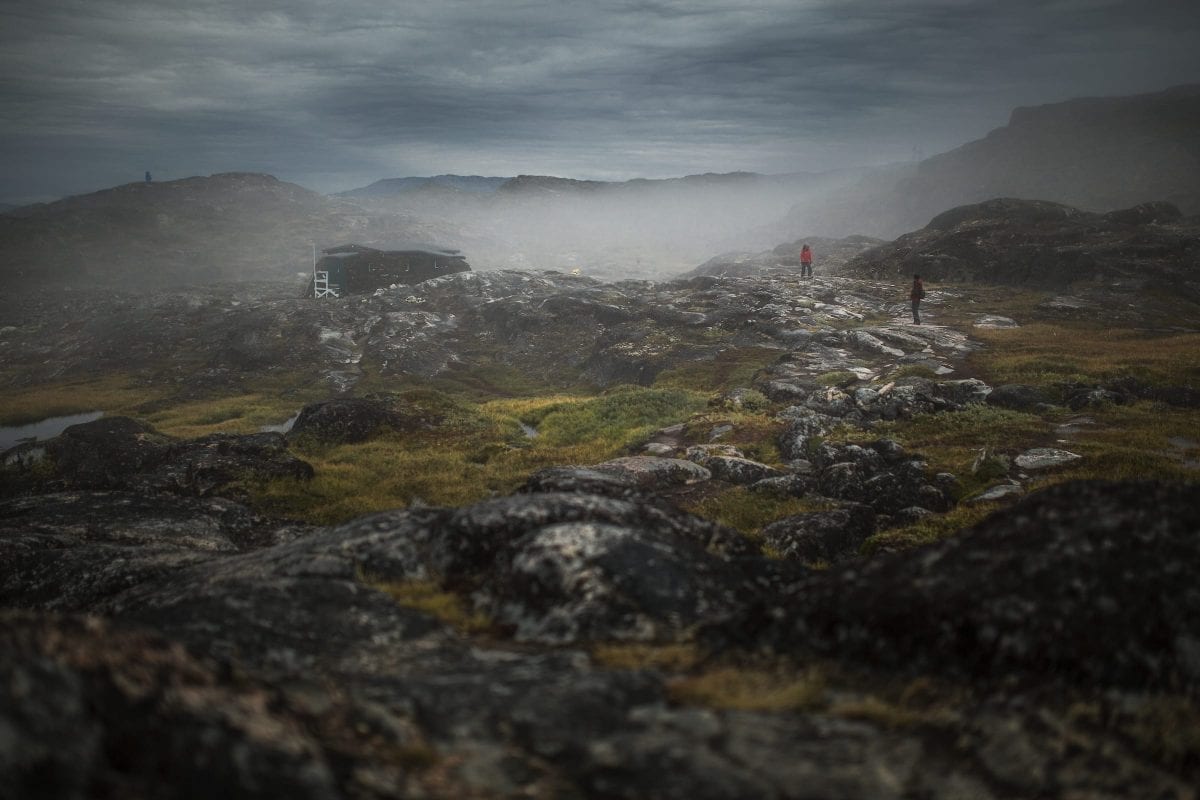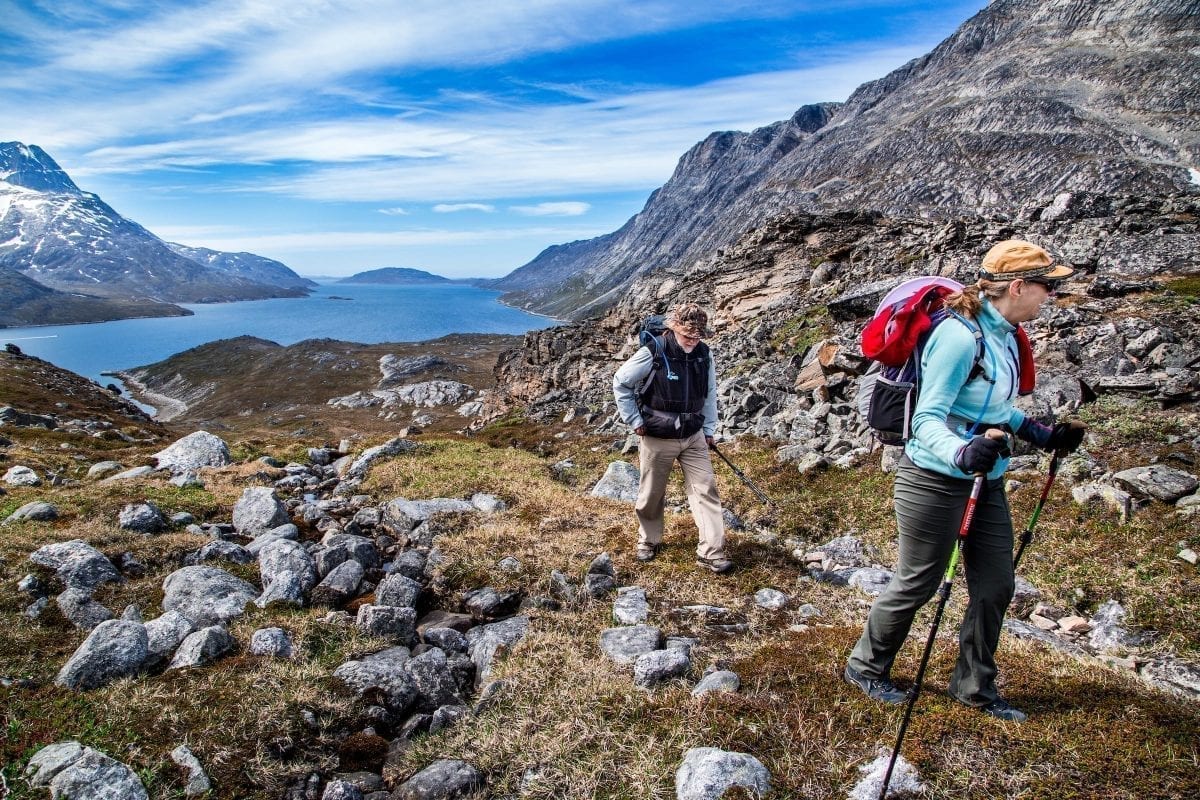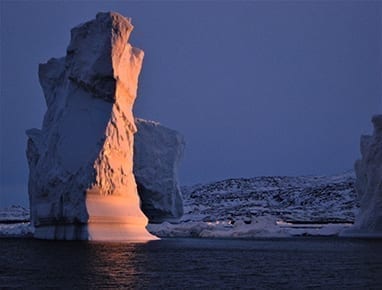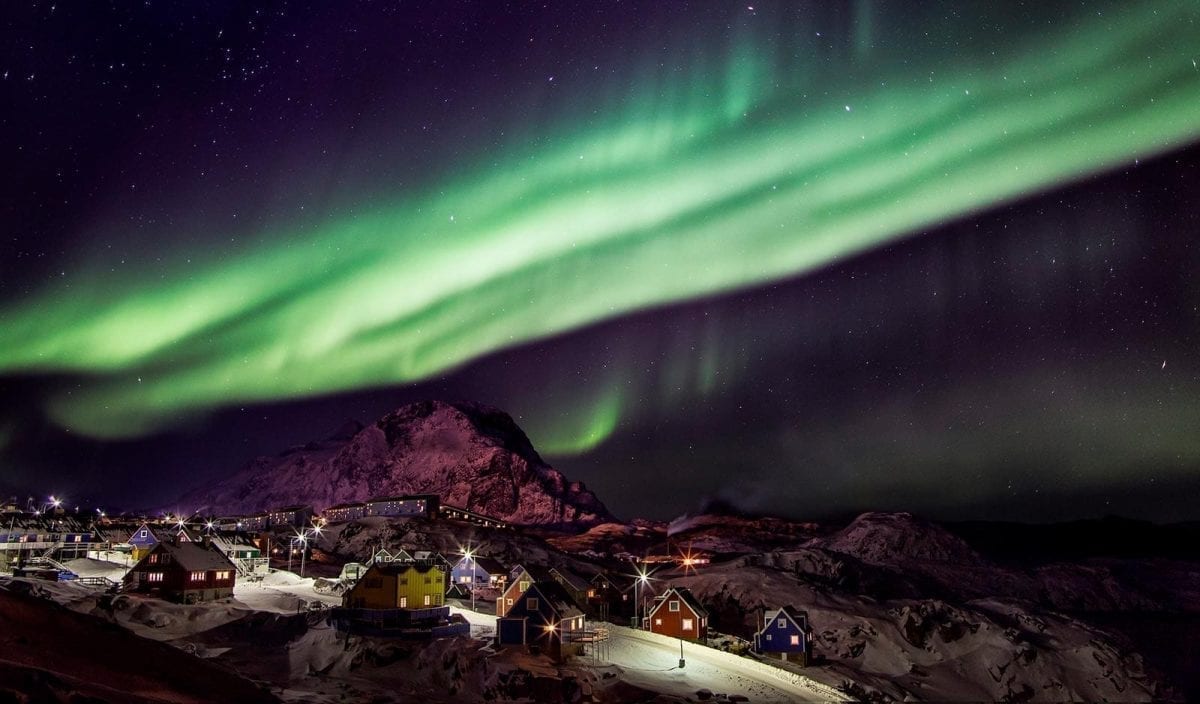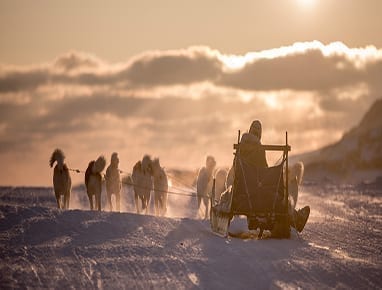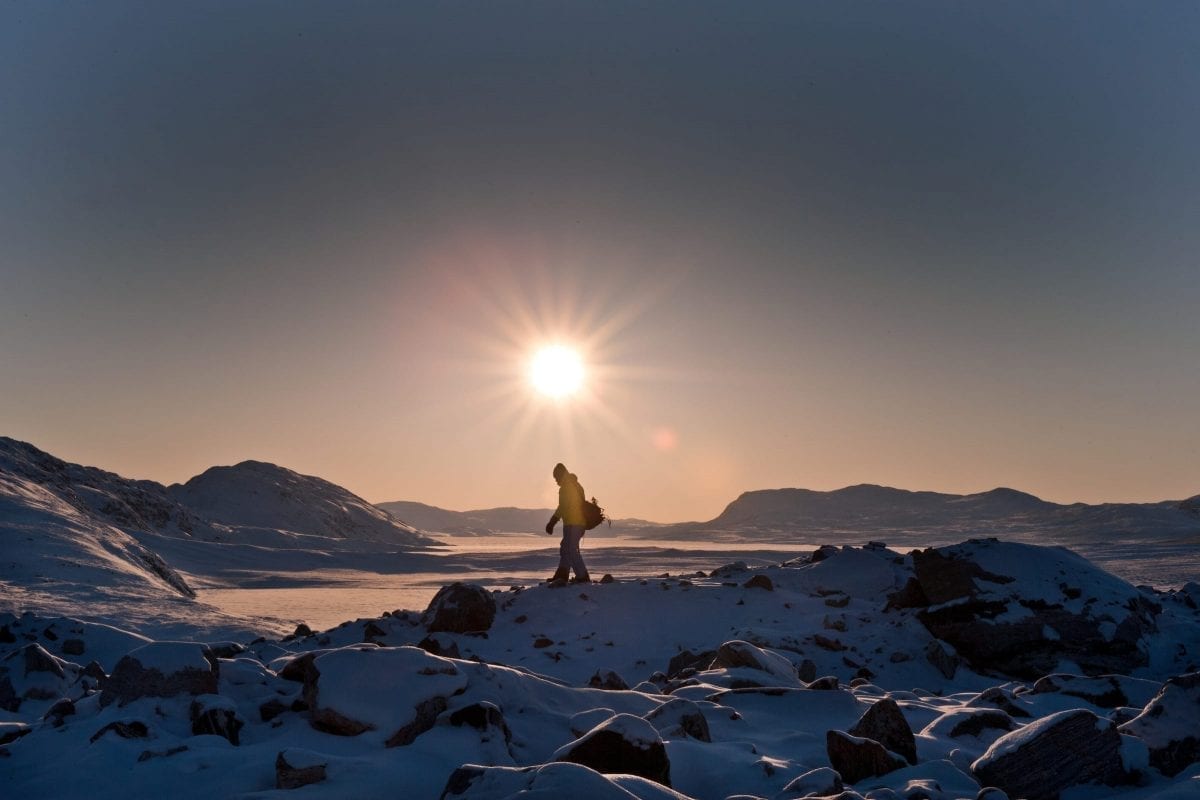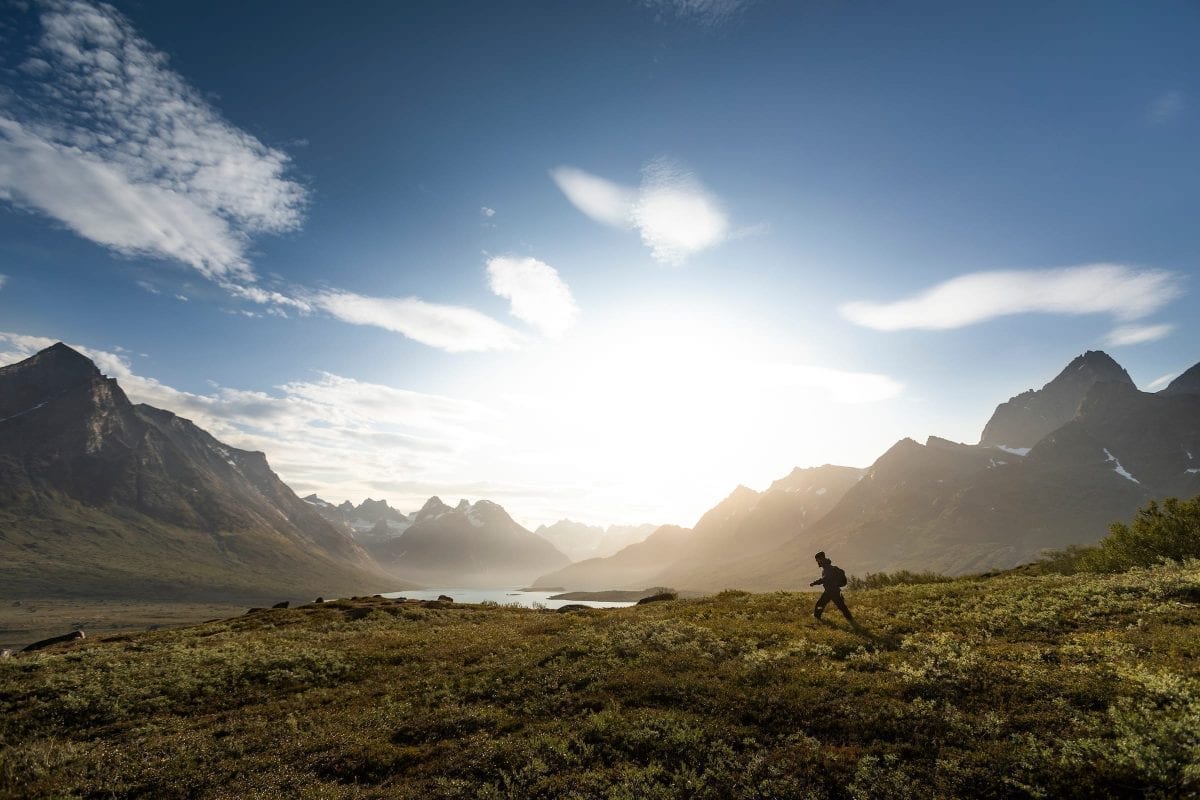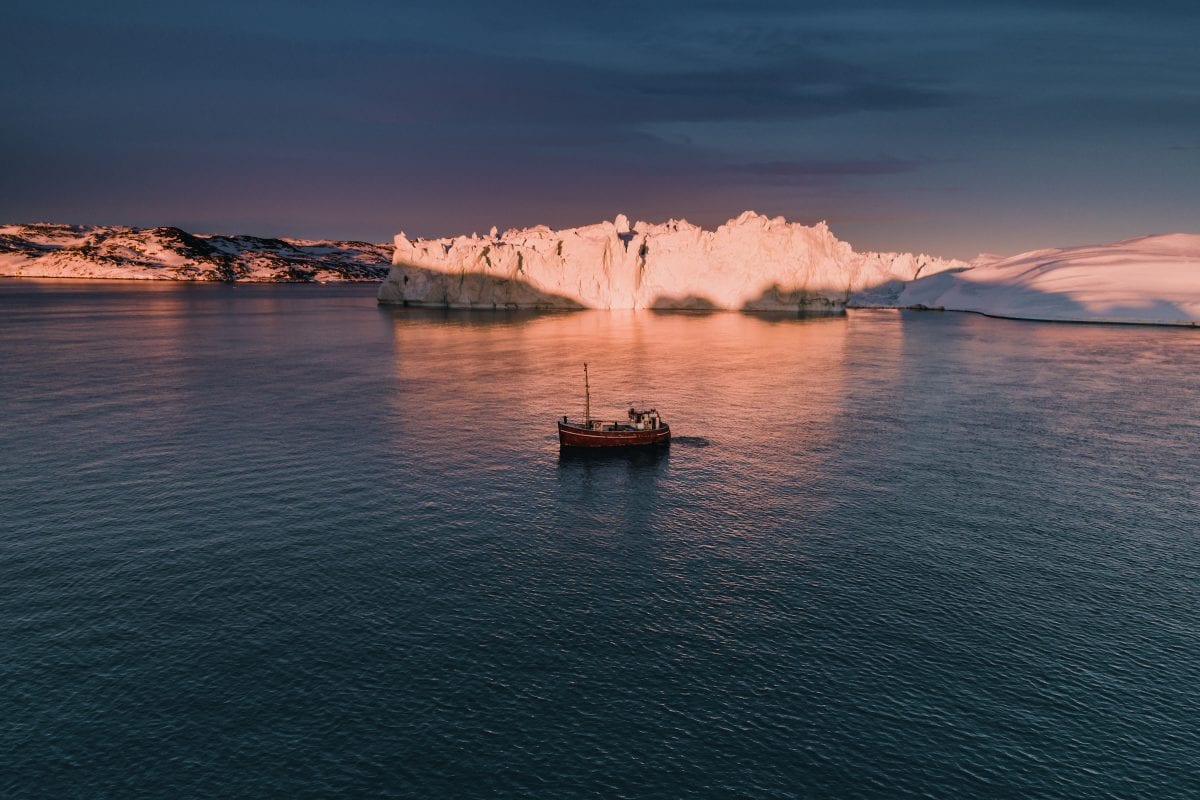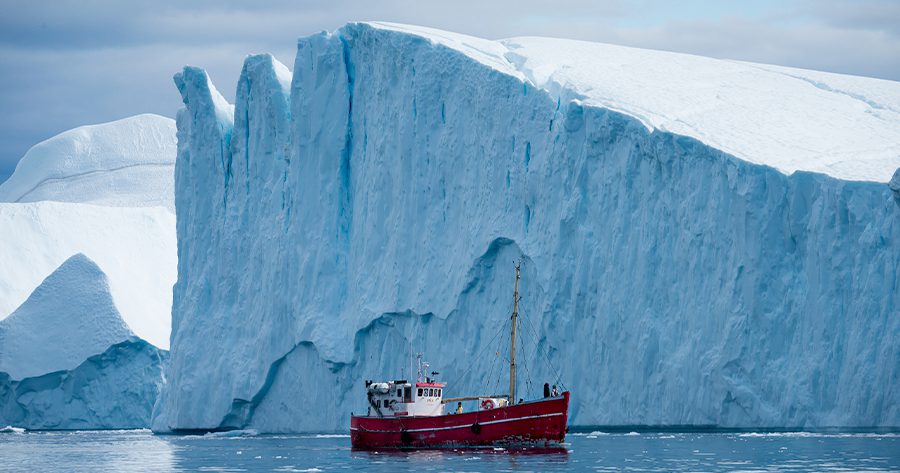Facts about the population of Greenland
If we were to give you one single fact about the population it would be this: The Greenlandic people is a warm people. When travelers who have been to Greenland are asked to name their greatest experiences, meeting the warm and welcoming locals often rank very high.
How many people live in Greenland?
You will find one of the world’s smallest populations in Greenland. Only about 56,500 people live here and most residents were born in Greenland. About 11% of the population comes from Denmark and other countries. The population growth is stagnant.
Where do the Greenlanders live?
Seeing that 80% of Greenland is covered by ice, where do the Greenlanders live then? The answer is, obviously, that they live along the coasts. The ice-free areas are about 410,500 square kilometers. This corresponds to the size of Norway.
Almost all of the population is located in South Greenland and West Greenland, while only about 10 % live in the Eastern and Northern parts of Greenland. Living conditions and supply options are simply easier in the south and west than in the east and north. In turn, many live a more aboriginal hunting life in the north and east.
The majority of the population lives in towns. There are about 48,000 inhabitants in the 16 towns and the other 8,500 people live in the countrys 54 settlements.
Greenlands capital, Nuuk, is located in West Greenland and is by far the largest town with its 16,500 residents. The other major towns are Sisimiut, Ilulissat and Qaqortoq. The second largest town is Sisimiut with about 5,500 inhabitants. The rest of the towns have between 1,000 to 4,500 inhabitants.
The Greenlandic language
Greenland is called Kalaallit Nunaat in Greenlandic, which translates to the ‘Land of the Greenlanders’. It also sometimes go by the name Inuit Nunaat, which means ‘Land of the People’.
The mother tongue and official language in Greenland is Greenlandic with Danish functioning as a second language. Danish is a relatively new language in a Greenlandic context. It came to Greenland when it Christianized in the early 18th century. The Danish language has become widely used, especially in an administrative context and in some of the larger cities.
Many Greenlanders speak Danish and English, particularly in the tourism industry. You cannot assume that everyone does, but then you can get far with gestures and smiles and maybe get some help from people around you.
Greenlandic, Kalaallisut, is closely related to the language spoken by Inuit in Canada and in Alaska. In Greenland, there are three main dialects – one in the north, one in the east and finally the West dialect which forms the basis for the Greenlandic orthography.
The most important words to tourists
Greenlandic is a language often based on idioms and it is also a difficult language. Greenlanders like it if you try to speak their language and if they laugh at you then it is only meant affectionately. Greenlanders like to have fun.
- ”Qujanaq” means “thank you”
- ”Ajunngilaq” means “it’s ok”
- ”Immaqa” means “maybe”
- ”Aluu” means “hello”
- ”Baj” means “bye”
As a visitor, you should especially notice the word “immaqa”. In Greenland, many things depend on the weather, which is why Greenlanders have learned that planning is always subject to “immaqa”. When this happens, take a deep breath and accept the fact that you cannot take control of everything about the tour.
